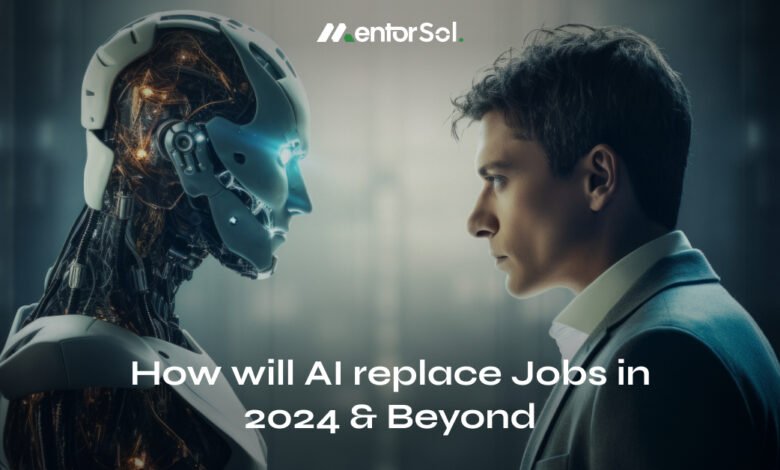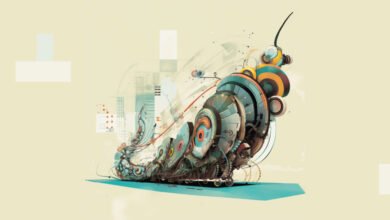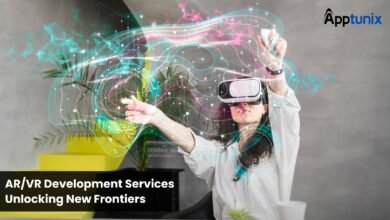
As we step further into the digital age, the integration of artificial intelligence (AI) into various aspects of our lives becomes increasingly apparent. One significant area of impact is the workforce, where AI is poised to reshape job landscapes in 2024 and beyond.
Introduction to AI and its Impact on Jobs
Artificial intelligence, a field of computer science, aims to create systems capable of performing tasks that typically require human intelligence. These tasks range from simple automation to complex decision-making processes. With advancements in machine learning and robotics, AI has gained significant traction across industries, leading to widespread speculation about its effects on employment.
Automation in Various Industries
Manufacturing
In manufacturing, AI-driven robots are revolutionizing production lines, leading to increased efficiency and precision. While this improves output, it also reduces the need for manual labor, resulting in job displacement.
Transportation
Autonomous vehicles powered by AI technology are becoming increasingly prevalent, potentially impacting jobs in the transportation sector, including truck driving and delivery services.
Customer Service
Chatbots and virtual assistants equipped with AI algorithms are transforming customer service operations by handling inquiries and support tasks. While this streamlines processes, it could lead to a decrease in human customer service roles.
Healthcare
AI applications in healthcare, such as diagnostic algorithms and robotic surgeries, promise improved patient outcomes and operational efficiencies. However, these advancements may alter the roles of healthcare professionals.
Opportunities Created by AI
While AI poses challenges to traditional employment, it also creates new opportunities.
New job roles
The adoption of AI opens up avenues for specialized roles in data science, machine learning engineering, and AI ethics, requiring unique skill sets.
Enhanced efficiency and productivity
By automating repetitive tasks, AI enables workers to focus on higher-value activities, driving innovation and productivity gains.
Challenges of AI Replacing Jobs
Despite the benefits, the widespread adoption of AI presents challenges that must be addressed.
Job displacement
Automation may lead to the displacement of workers in industries heavily reliant on manual labor, raising concerns about unemployment and income inequality.
Skills gap
The rapid evolution of technology requires workers to upskill or reskill to remain relevant in the workforce, exacerbating existing skill gaps.
Ethical considerations
Ethical dilemmas arise concerning AI’s impact on privacy, bias in algorithms, and the potential for job discrimination.
Education and Reskilling Initiatives
To mitigate the negative effects of AI on employment, proactive measures are necessary.
Importance of continuous learning
Encouraging lifelong learning and adaptability prepares individuals for changing job requirements and fosters resilience in the face of technological disruption.
Government and private sector programs
Public-private partnerships can facilitate access to education and training programs tailored to emerging skill demands, ensuring a skilled workforce ready for the jobs of the future.
The Future Workforce Landscape
As AI becomes more integrated into workplaces, the future workforce is expected to evolve.
Hybrid workforce
A hybrid workforce model, combining human expertise with AI capabilities, is likely to emerge, emphasizing collaboration and synergy between humans and machines.
Collaboration between humans and AI
Embracing AI as a tool for augmentation rather than replacement fosters collaboration and innovation, leading to enhanced productivity and job satisfaction.
Adaptation Strategies for Individuals and Organizations
To thrive in an AI-driven economy, both individuals and organizations must adapt proactively.
Embracing lifelong learning
Continuous skill development and upskilling are essential for staying competitive and resilient amidst technological advancements.
Agile workforce strategies
Organizations need agile workforce strategies that enable quick adaptation to changing market dynamics and technological disruptions, fostering innovation and growth.
Conclusion
While AI’s impact on jobs raises legitimate concerns, it also presents opportunities for growth and innovation. By embracing lifelong learning, fostering collaboration between humans and AI, and implementing agile workforce strategies, individuals and organizations can navigate the evolving job landscape with confidence.



